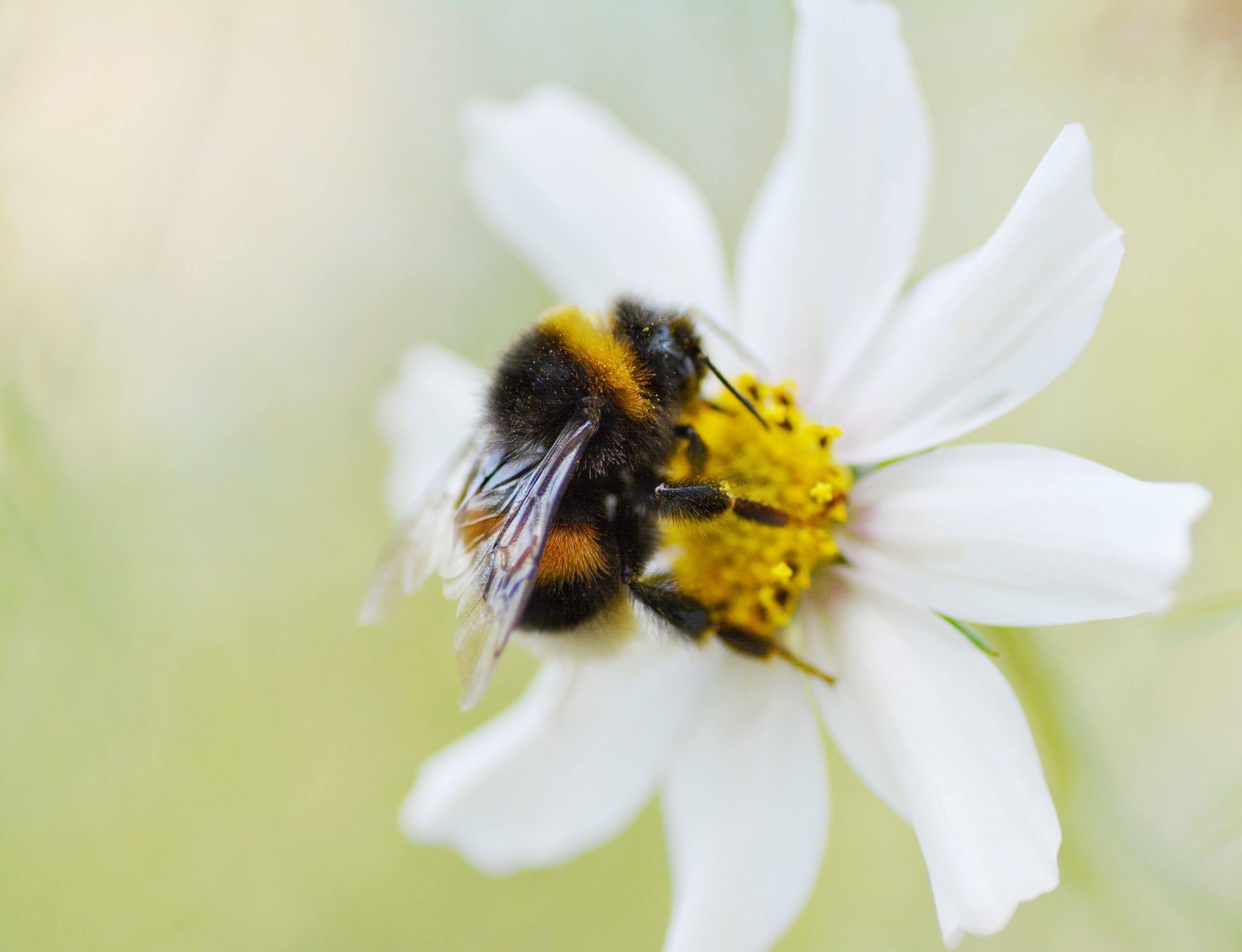A recent international collaboration uncovered a link between gut bacteria and memory function in bumblebees. The study revealed that elevated levels of a specific species of bacteria improve memory and allow for more long-lasting memories in the bees.
Gut – Memory Link
The testing consisted of color coordinating and coating artificial flowers with sweet and bitter-tasting substances. The researchers noted how quickly the bees distinguished between the colors of the sweet flowers and those of the bitter ones. The bees’ capacity to retain information was tested in follow-up experiments, and a comparison of gut samples confirmed an association between the bacterium Lactobacillus apis and memory capabilities.
“Our results suggest not only that the natural variation in the amount of a specific gut bacterium affects memory, but also show a causal link — that by adding the same bacterial species to a bee’s diet can enhance their memories,” says Dr. Li Li in a statement. Dr. Li is the lead author of the study and postdoctoral researcher at Jiangnan University.
The Human Connection
The results of this study further support that the trillions of microbes that live in our intestines (gut microbiome) can affect animal behavior.
Bees have a smaller microbiome than humans, which makes them ideal subjects for investigating cognitive differences. As with humans, variations in the gut are influenced by diet, exercise, environment, etc., according to the researchers.
“Further research will be required to determine if and which bacteria species might have the same effect in humans. But our work has shone a bright light on this possibility,” adds Dr. Li.
“This is a fascinating finding that could apply to humans as well as to bees. Our findings add to growing evidence of the importance of gut-brain interactions in animals and provide insights into the cause of cognitive differences in natural bumblebee populations,” says Professor Lars Chittka from Queen Mary University of London and co-author of the study.
The study was published in the journal Nature Communications.
